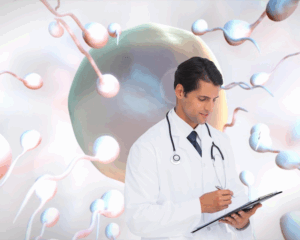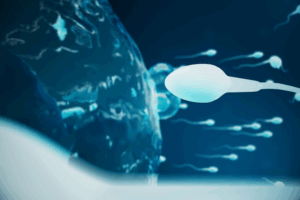
Gene therapy for azoospermia treatment
Introduction Male infertility, especially caused by azoospermia, affects millions of men worldwide. For those suffering from non-obstructive azoospermia, treatment options have been limited. However, thanks

Infertility is a growing concern for many couples, and one of the major causes in men is non-obstructive azoospermia (NOA). This condition means that a man’s sperm production is either extremely low or completely absent due to testicular or hormonal issues. While it often goes unnoticed until a couple struggles to conceive, certain symptoms and signs can indicate the presence of NOA. In this blog, we will explore the symptoms, causes, diagnosis, and treatment options for non-obstructive azoospermia. Contact Here
Non-obstructive azoospermia is a type of male infertility where the testicles fail to produce enough sperm. Unlike obstructive azoospermia, which occurs due to a blockage in the reproductive tract, NOA is caused by problems with sperm production itself. This can be due to hormonal imbalances, genetic disorders, testicular failure, or other underlying health conditions.
Most men with NOA do not experience noticeable symptoms, which is why it often remains undiagnosed until they attempt to have children. However, some underlying conditions may lead to physical and hormonal signs, such as:
Several factors can contribute to NOA, including:
If you suspect NOA, a doctor will conduct several tests, including:
While NOA is a challenging condition, some treatments may help recover sperm production or retrieve sperm for assisted reproduction.
Non-obstructive azoospermia can be a devastating diagnosis, but early detection and appropriate treatment can increase the chances of fatherhood. If you are experiencing infertility or any symptoms of NOA, consult a fertility specialist for proper diagnosis and treatment options. Advances in medical science, including hormonal therapy, sperm retrieval, and assisted reproduction techniques, provide hope for men affected by this condition.

Introduction Male infertility, especially caused by azoospermia, affects millions of men worldwide. For those suffering from non-obstructive azoospermia, treatment options have been limited. However, thanks

Azoospermia is one of the most challenging causes of male infertility, often leaving men with few options and couples struggling to conceive. But today, an
PROLISTEM® is a Patented Formula
Copyright © 2025 Prolistem®